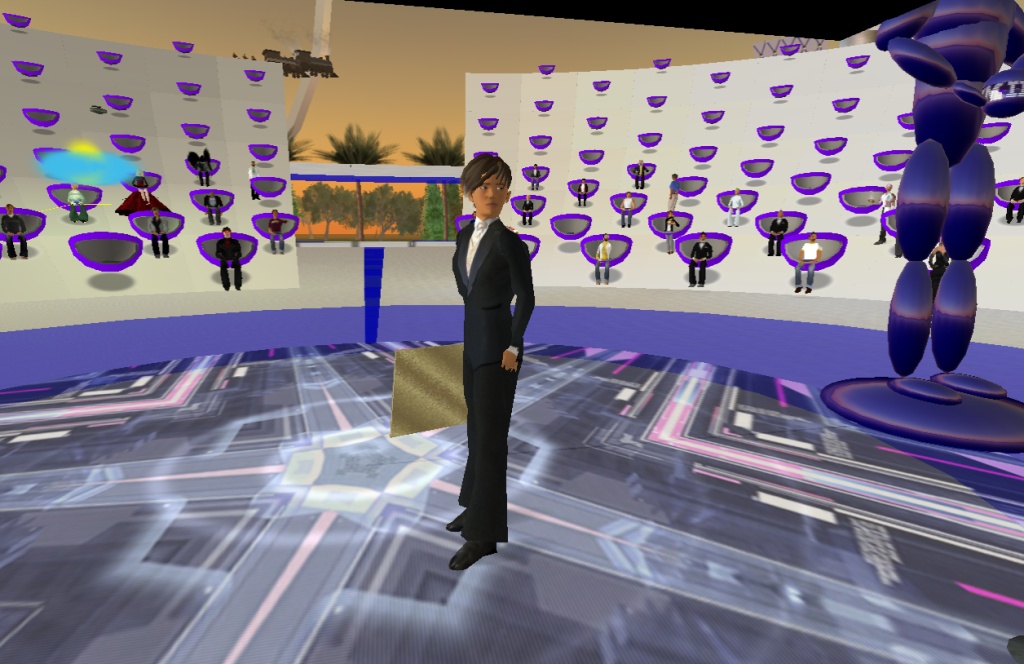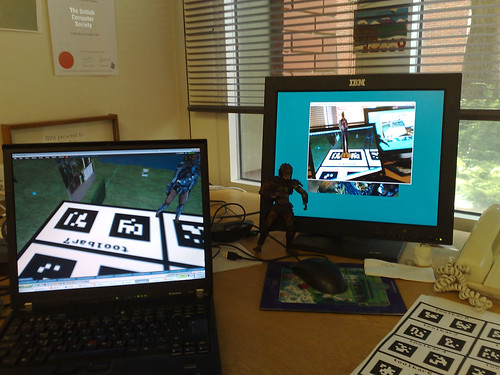Roo and I did a podcast the other day. It is a rare thing for us both to be recorded at the same time.
You can listen to it here on Mike O’Hara’s Voicesinbusiness blog.
Just in case you cant tell the difference Roo is the posh sounding one and I am the slightly less posh (or scruffy) sounding one.
We covered a lot in a single take and it was both where all this has come from where it is going and where it is now. So good stuff.
I am not going argue over the billing with Roo first as Mike actually came to see Roo but I had gap appear in the diary so joined in too.
(From mikes blog here is the run down of the timings)
00:12 – Mike O’Hara introduction
00:40 – Start of interview
01:01 – What is a “metaverse evangelist”? (Roo)
02:16 – What is IBM actually doing in virtual worlds? (Ian)
04:35 – Events for IBM’s partners and customers
05:32 – Customer builds and retail opportunities
06:48 – Why should firms take this seriously?
09:21 – The scale issue
11:15 – Human interaction in the 3D environment
13:10 – Mistakes to avoid
15:24 – Demographics
16:01 – Ian’s predictions for the future
20:10 – Roo’s predictions for the future
22:59 – Web 2.0 style of adoption
24:36 – End of interview
24:42 – The Eightbar blog
25:19 – Wrap-up















